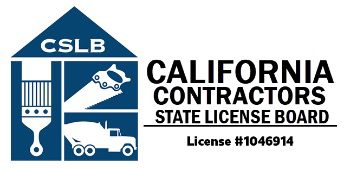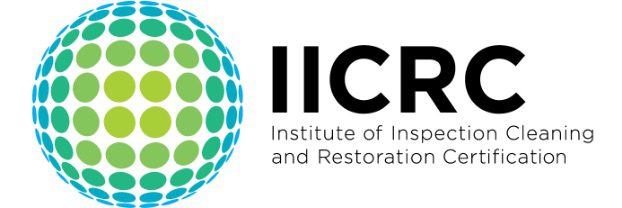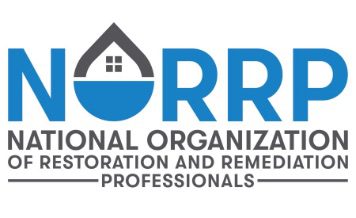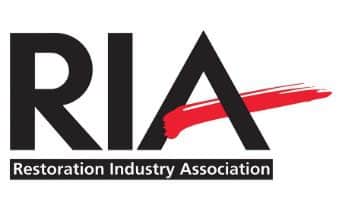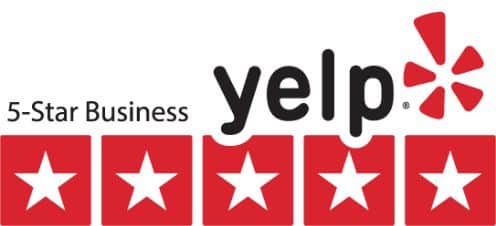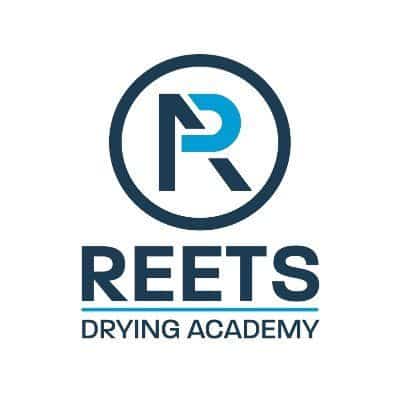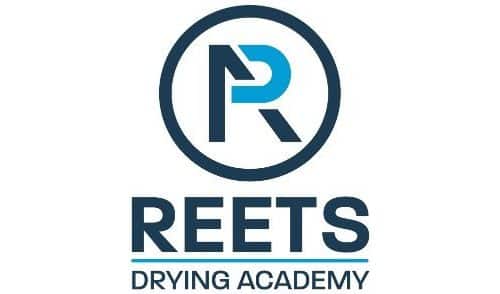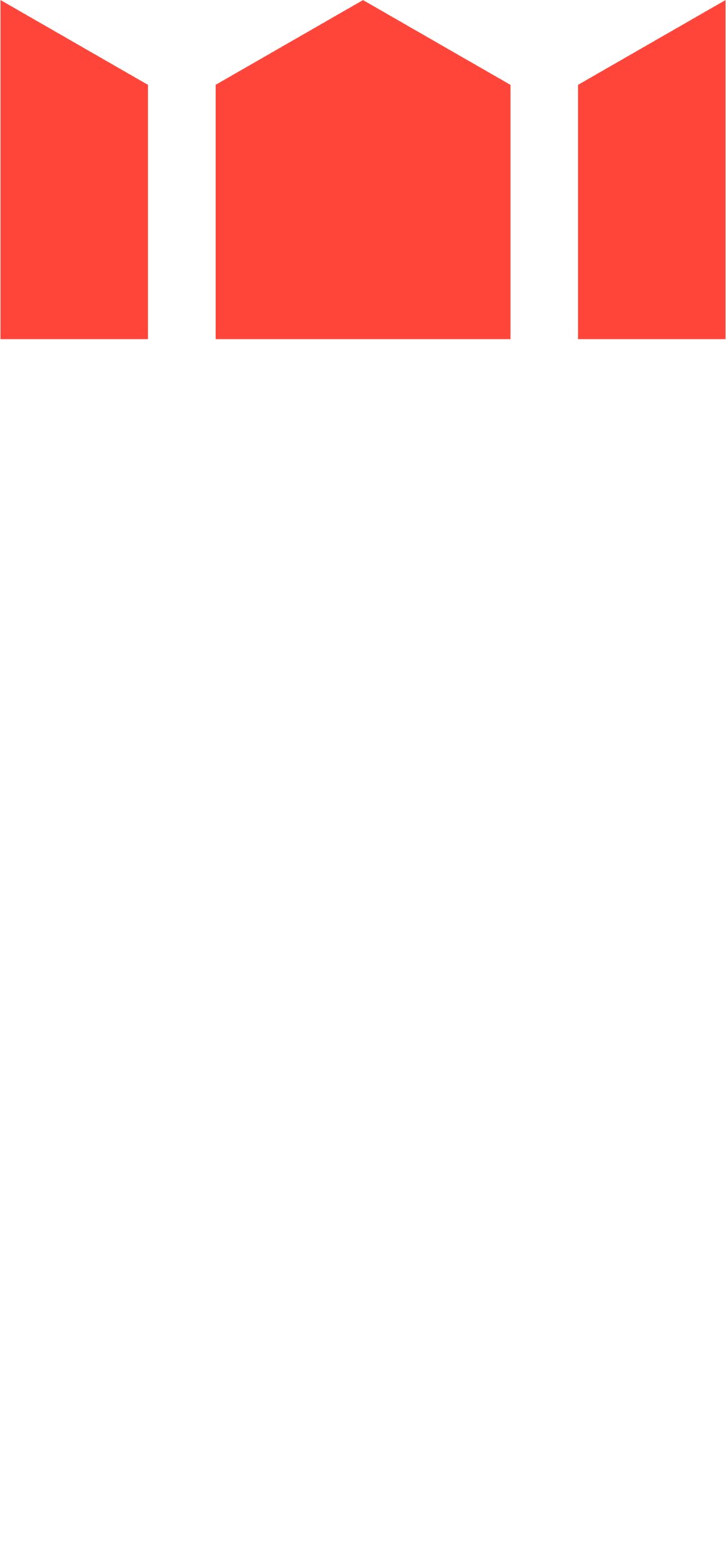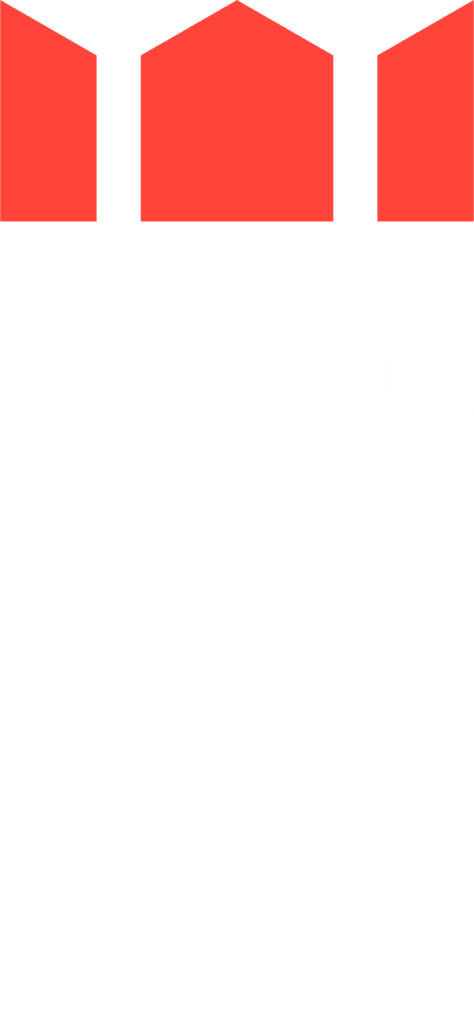The 3 Categories of Water Contamination
The 3 Categories of Water Contamination
In any household, there are uses for water that we generally consider clean or dirty. Water to wash dishes or shower with is clean, whereas water that flushes the toilet is dirty. But what about water that leaks out from an appliance, such as a dishwasher? Is that water clean or dirty? For situations such as these, Dry Kings’ technicians refer to the Institute of Inspection, Cleaning and Restoration Certification (IICRC) to accurately categorize the water. While we may view water as either clear or dirty, the IICRC has uniquely defined 3 categories of water contamination which consider the water’s source.
Category 1
Understanding these 3 categories is actually very simple—Is there or could there be something mixed in with the water and what is the source of the water? For example, if your kitchen was flooded by a sudden dishwasher leak, was the dishwasher running? If the washer was not running, then it could be a water supply line leak resulting in Category 1 water, or sanitary water. Given the water supply line is the source, the water does not pose a risk to you whether you are exposed to it, touch it or drink it. Other examples of Category 1 water are tub or sink overflows with no contaminants like soap, melting ice or snow, falling rainwater, and other appliances with water supply lines such as refrigerators and washers. Surprisingly, even water leaking from a broken toilet tank or bowl is considered Category 1 assuming no cleaning additives, like a bleach tablet, or human waste are present.
Category 2
Now, if the dishwasher was running when it leaked, then the water is Category 2 water, or significantly contaminated water because it is sullied with soap and food waste. Essentially, any water that has something mixed into it is at least Category 2, but the source must be factored in.
Category 3
Although falling rainwater can be Category 1, water from the ocean, flooding rivers, and hurricanes is Category 3 water or grossly contaminated water. These sources are Category 3 because as the water traveled along the ground and into your home, it could have become polluted with hazardous waste, organic and inorganic substances, and chemicals. Further, any water, whether it originates from inside or outside your home, containing sewage and/or human waste is Category 3.
When it comes to water damage, it is important to act quickly because the cleanliness of the water can deteriorate and cause secondary damage. The most noticeable indicators of worsening water damage are an odor gradually becoming stronger and, of course, mold growth. It is very important that you rely on Dry Kings and the expertise of our technicians to mitigate your water damage when it happens, especially if it is Category 3 water. Our technicians will extract all water, help salvage any fixtures or furniture, and stabilize the affected area to prevent a pungent odor and mold growth. If you have questions about recent water damage, do not hesitate to call us!
Contact
More News
Newsletter
Sign up and receive valuable tips to help you protect your residential building or commercial property from damages.
Awards
